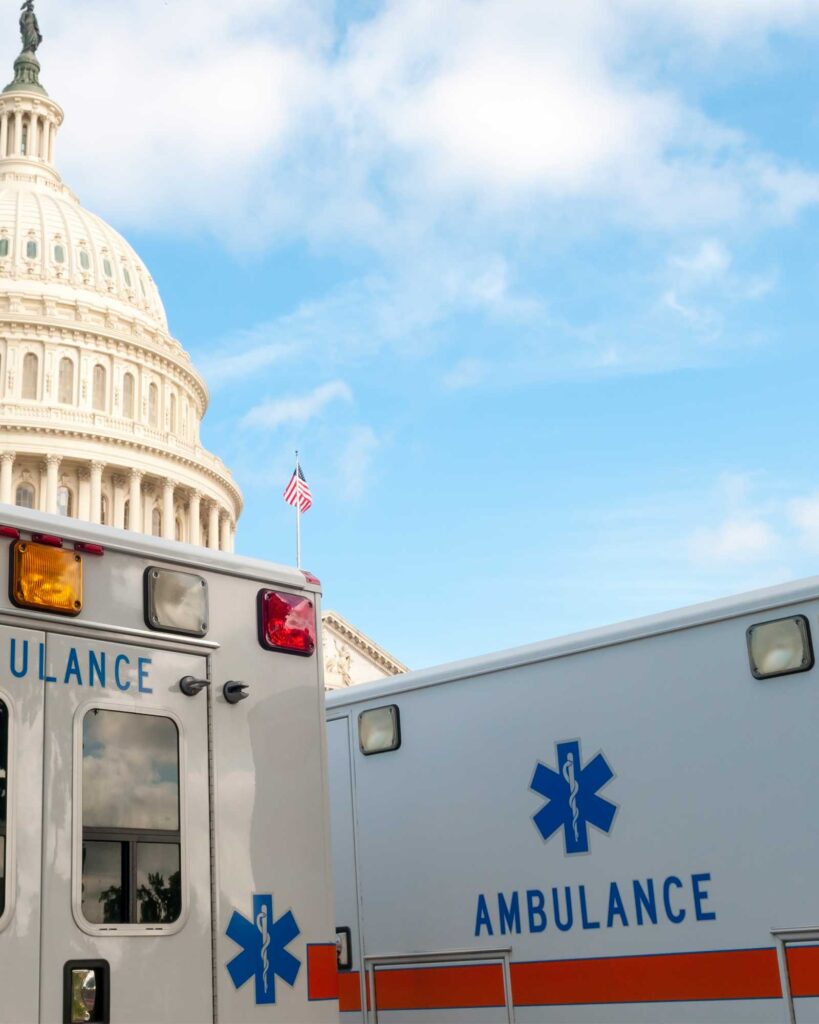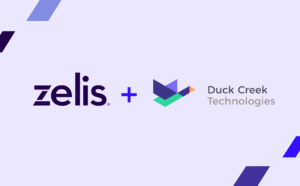Regulatory and legal updates
The regulatory landscape surrounding the No Surprises Act (NSA) continues to evolve, with significant implications for third-party administrators and health plans. To help clarify what’s changing, we’ve outlined the latest regulatory developments and what to expect with the anticipated release of the IDR final rule in November 2025.
The No Surprises Act has largely achieved its primary goal of protecting members from unexpected medical bills. However, there’s still some work to be done. Attention has shifted to the IDR process — a critical mechanism for resolving medical billing disputes between healthcare providers and health insurance providers.
Let’s look at what’s happening across four levels of focus: policy, congress, CMS and regulatory guidance and litigation.
Policy: Strengthening surprise billing protections
The current administration continues to push for progress without regulation. There was an initial focus on executive orders, which shifted to information gathering and listening to industry feedback to identify areas for improvement. From there, sub-regulatory guidance in the form of technical assistance and FAQs were released to provide more clarity. Now we’re entering a more formal regulatory phase, with some final rules expected by year end that will further define NSA enforcement.
Congress: Bipartisan action and funding
Congress remains deeply engaged in the No Surprises Act updates, with bipartisan bills targeting the IDR process and enforcement — particularly for payers. Recent funding allocations underscore this commitment, and a group of Democrats recently requested additional clarity from CMS on NSA implementation and IDR challenges. The appetite for reform is growing.
CMS and regulatory guidance: Anticipating the IDR final rule
The administration’s unified agenda, released in September 2025, confirmed that the IDR final rule is slated for November 2025. , The proposed rule aims to streamline the IDR system, digitalize the portal and provide unique identifiers for healthcare providers and insurance providers — enhancing efficiency and transparency in billing workflows.
Air ambulance surprise billing remains a complex issue within the broader NSA framework. The upcoming rule is expected to address this, offering clear guidance for health plans and billing entities.
Another area to watch: technical assistance updates that may allow for a resubmission of claims due to errors. Details are still emerging, but we’re monitoring it closely.
Litigation: Recent court rulings and their impact
Legal decisions continue to influence NSA implementation. Recent rulings — such as TMA III, which focuses on Qualifying Payment Amount (QPA) — have prompted CMS to issue new guidance, often months later. This cycle of litigation and regulatory response underscores the importance of staying informed about legal developments and their impact on healthcare billing practices.
Preparing for Change
Stakeholders across policy, Congress, CMS, and the courts agree: the IDR process needs improvement. Industry voices are being heard, and collaborative efforts are underway to enhance efficiency and fairness. As we approach the release of the IDR final rule in November 2025, payers should stay engaged, monitor regulatory updates and prepare for changes that will shape the future of the No Surprises Act.
Stay informed with Zelis Legislative Weekly newsletter
Get the latest U.S. healthcare policy updates by signing up for the Zelis Legislative Weekly newsletter. You’ll find insights and analysis delivered straight to your inbox.
Read more:
Navigating the No Surprises Act in 2025: Trends and Insights for Payers
Navigating the No Surprises Act in 2025: Payer Challenges and Strategic Recommendations




